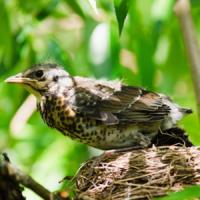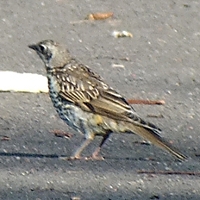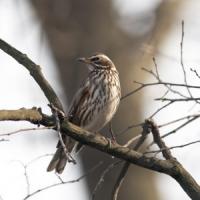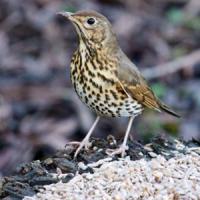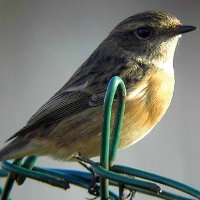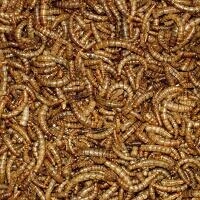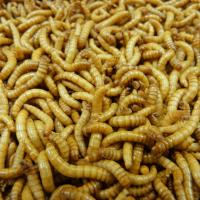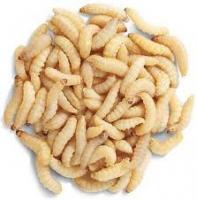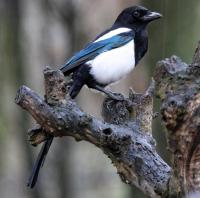- Home
- FAQs
- Customer Video Gallery
- Customer Photo Gallery
- Bird Facts
- Bird Food Blog
- Bird Information
- Feeding Advice
- Small Animal Information
- A to Z of Guinea Pigs
- A to Z of Hamsters
- A to Z of Rabbits
- Basic Care for Guinea Pigs
- Basic Care for Hamsters
- Basic Care for Rabbits
- Basic care for Chinchillas
- Basic care for Ferrets
- Basic care for Gerbils
- Basic care for Mice
- Basic care for Rats
- Buying a Healthy Small Animal
- Does your Reptile need a Licence
- Equipment for Ferrets
- Equipment for Hamsters
- Equipment for Mice
- Equipment for your Chinchilla
- Equipment for your Gerbil
- Equipment for your Guinea Pig
- Equipment for your Rabbit
- Keeping a House Rabbit
- Dog Information
- Cat Information
- Customer Information
- Fat Balls
- Suet Pellets
- Straights
- Seed Mixes
- Suet Treats
- Mealworms
- Bird Feeders
- My Account
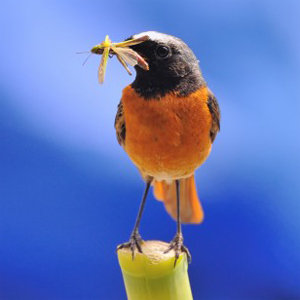
| Scientific Name | Phoenicurus phoenicurus |
| Breeding | May |
| Fledge Days | 14-17 |
| Incubation Days | 11-14 |
| Lifespan | 2 years |
| Number of Clutches | 2 |
| Number of Eggs | 6-7 |
| Size | 13 - 14.5cm |
| Weight | 12 - 19.5g |
| Wingspan | 22cm |
Bird Family : Chats and Thrushes
Redstart Facts - Information About Redstart
(Common) Redstart - Phoenicurus Phoenicurus
The Redstart is one of those birds that birdwatchers love to see in the Spring. The males are fantastic little birds. They can be quite secretive but with patience good views can be obtained. The mix of bright colours, loud call and secretive behaviour makes seeing one extra special.
Identification.
Identification:
Adult
- Redstarts belong to the Chat Family males and females are different.
- Redstarts are similar in size to the Robin, however they are slimmer and longer tailed.
Male
- Tail and rump is a rich orange red with dark central panel.
- Upperparts are all slate grey, this continues onto the crown.
- Face is jet black with white forehead stripe.
- Underparts are bright orange-red and undertail is white.
- Redstarts are small birds, around 14cm from tip of tail to tip of bill.
- They have a habit of shivering their tale and stand very upright on relatively long legs.
Female
- Females are like pale washed out males, the tail is also orange-red as are the underparts but they lack the intensity shown by the males.
- The upperparts are pale buff-brown, throat pale.
Juvenile
- Juveniles appear from May onwards and are similar adults.
- Young birds lack the grey plumage of adult males and show a mix of male/female plumages.
- The face is dark scaled with a hint of a white forehead.
- The underparts are buff-orange and the back brownish-grey.
- The tail and rump is orange-red with dark centre.
- Belly and undertail is white.
- Bill and eye black (often shows a white eyering), legs black.
Status and Distribution
The Redstart is a common breeding migrant in the UK with 100,000 pairs. The Redstart occurs in all counties throughout the UK but is less frequent in Ireland.
Redstarts arrive from their wintering grounds in Africa from April onwards.
Habitat/Food
Redstarts occur in many habitat types throughout the UK, ranging from broadleaf woodlands, parks, gardens, farmland, hedgerows and heathland, indeed any open country habitat with suitable scrub.
If you are lucky enough to get one in the garden Mealworms would be an ideal choice of food. Generally they are insect eaters.
Song/Call
Several call notes; most often is a soft whistled ‘huueet’ often repeated and a hard metallic ‘Tick’. Song is quite similar to Robins.
The following food is favoured by Redstart





